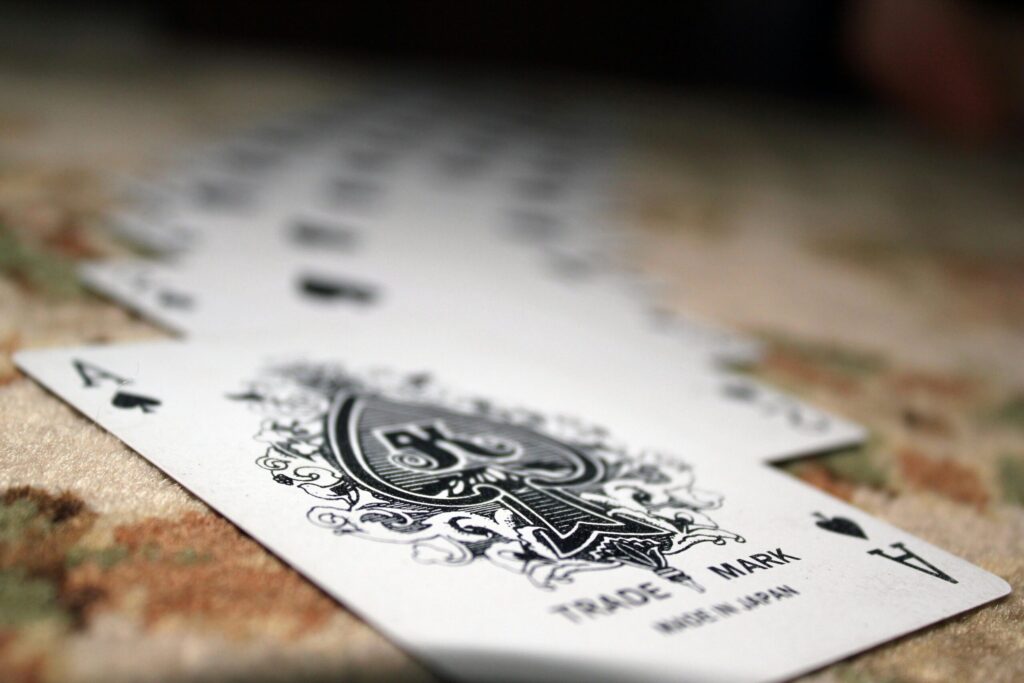Blackjack, a game of skill, strategy, and a bit of luck, entices players worldwide. One move that can significantly affect the outcome is splitting pairs. This action, when utilized correctly, can turn the tide in favor of the player. But, when can you split in blackjack? Let’s delve into strategies and guidelines that will help you master the art of splitting pairs.
Understanding Splitting Pairs in Blackjack
Before diving into strategies, it’s crucial to understand what splitting pairs means. In blackjack, when you’re dealt two cards of the same value, you have the option to split them into two separate hands. This move requires an additional bet equal to your original wager, effectively doubling your chance of winning – or losing. Knowing when to split pairs is a cornerstone of advanced blackjack strategy.
Strategies for Splitting Pairs
Splitting pairs isn’t always advantageous. Certain pairs warrant splitting under most circumstances, while others seldom do. Here’s where strategy comes into play:
Always Split Aces and Eights
- Aces: Splitting aces gives you a strong chance at hitting two 21s.
- Eights: Splitting eights helps avoid a hand total of 16, which is notoriously difficult to win with.
Never Split Fours, Fives, or Tens
- Fours: Your chance to hit 18 (by getting a five) is better than starting two hands with fours.
- Fives: A pair of fives totals 10, giving you a great starting point to hit a strong hand.
- Tens: Tens give you a total of 20, a very strong hand unlikely to be improved by splitting.
Conditional Splitting Based on Dealer’s Card
The dealer’s upcard plays a pivotal role in deciding whether to split pairs. Here are some conditional guidelines:
| Pair | Split if Dealer Shows |
|---|---|
| 2s or 3s | 4 through 7 |
| 6s | 3 through 6 |
| 7s | 2 through 7 |
| 9s | 2 through 6, 8, 9 |
Knowing When Not to Split
Beyond knowing when to split, equally important is recognizing scenarios where it’s best to refrain. This decision often hinges on the dealer’s card and the specific game rules in play. For instance, if the dealer shows a seven or higher, and you’re contemplating splitting lower value pairs, prudence might suggest another course of action. Adjusting your strategy based on game conditions and dealer scenarios is key.
Practical Tips for Splitting in Blackjack
Implementing a well-thought-out splitting strategy enhances your blackjack experience and could lead to more wins. Endeavor to:
- Always check the casino rules concerning splitting and double down options.
- Practice your splitting strategy in free play modes before hitting real money tables.
- Stay disciplined and stick to your strategy, even when faced with losses.
Remember, splitting pairs in blackjack is not just about the current hand but a strategic move that considers long-term gameplay. Whether you’re a seasoned player or a novice, understanding when to split pairs is a valuable skill that greatly influences your blackjack success.




